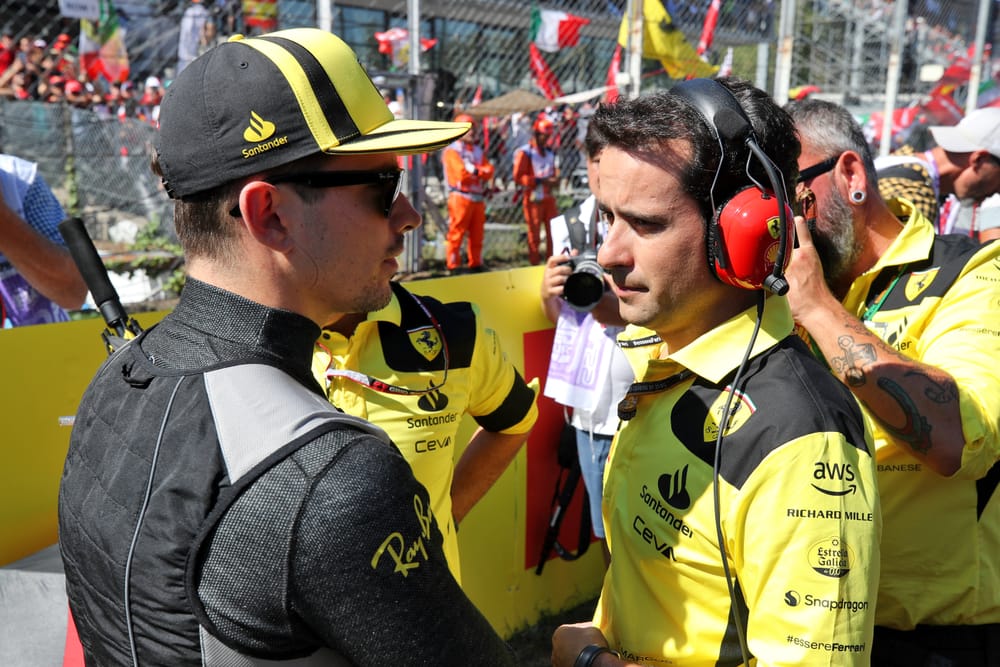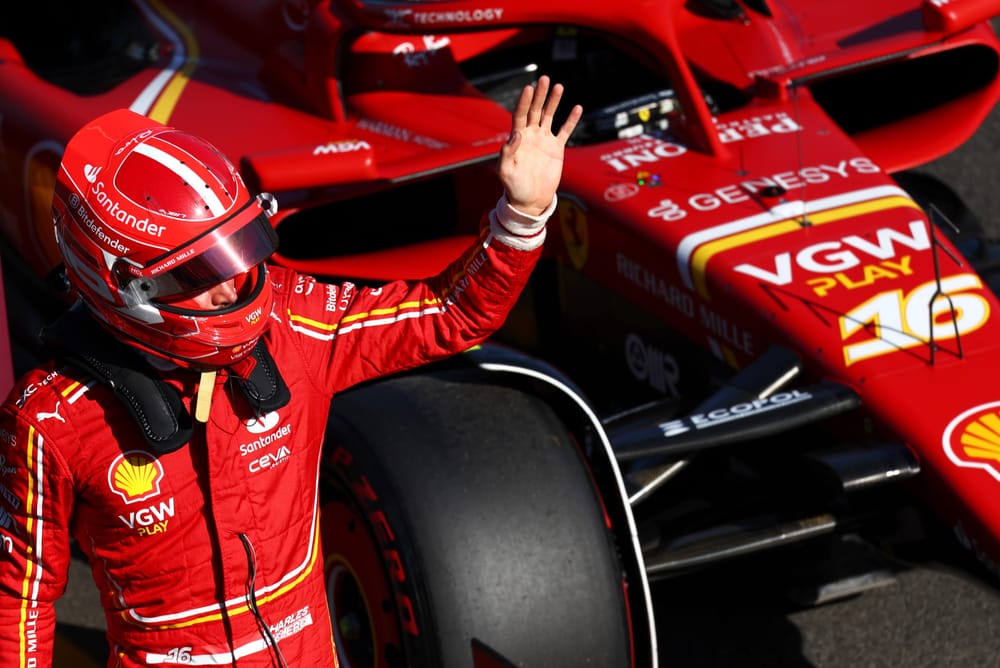He helped Charles Leclerc to his first five race victories and 23 poles in Formula 1 between 2019-2024 - and is also a race winning engineer in NASCAR - but now Leclerc’s former race engineer Xavier Marcos Padros has a new role.
Spaniard Marcos has joined Cadillac as its technical director for its sportscar programme for 2025, covering the World Endurance Championship and IMSA.
He’s gone from overseeing one car in a two-car F1 team to managing three teams and as many as four cars per race, up against one of the most competitive sportscar fields in many years.
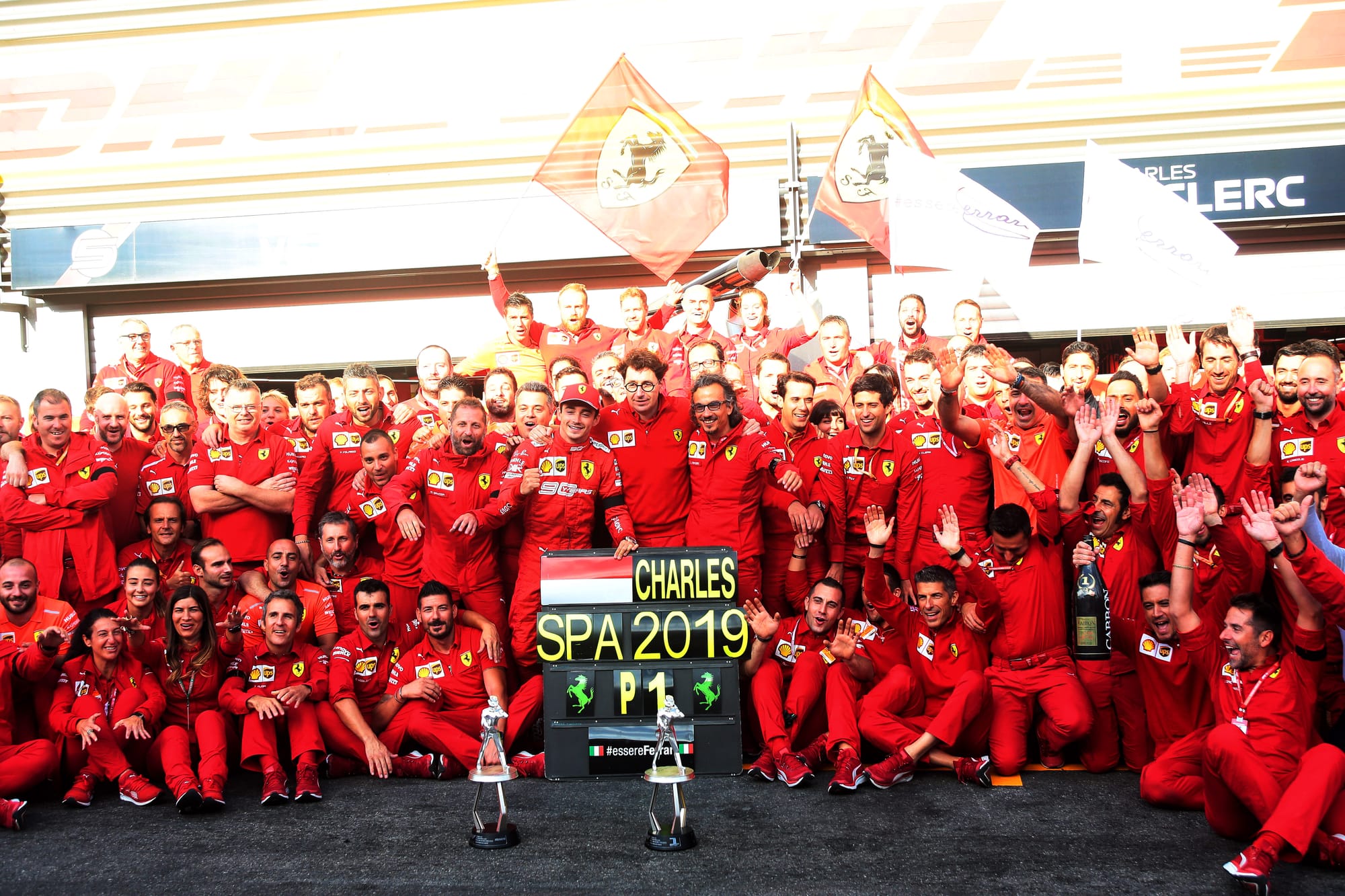
The Race interviewed Marcos to get the lowdown on his new role, the biggest differences with F1, and whether he has one eye on a return to F1 with Cadillac’s future team …
Marcos was replaced by Bryan Bozzi as Charles Leclerc’s engineer after the Miami Grand Prix last year. He’d previously worked for HRT and Williams.
Between Williams and Ferrari he worked at Richard Childress as its chief race engineer, winning NASCAR races with Austin Dillon and Ryan Newman.
This made a US-based role - he lived in Charlotte while in NASCAR and that’s where Cadillac’s sportscar programme is based - the perfect fit for his next challenge.
He said it was a “no-brainer” to take this job where he knows a lot of people at Cadillac from his NASCAR days with General Motors, and as he worked closely with GM’s executive director of motorsport, Eric Warren closely before.
“It was really appealing to me, a new challenge, which I always like, in a good championship and a good company. So, why not?” Marcos explains.
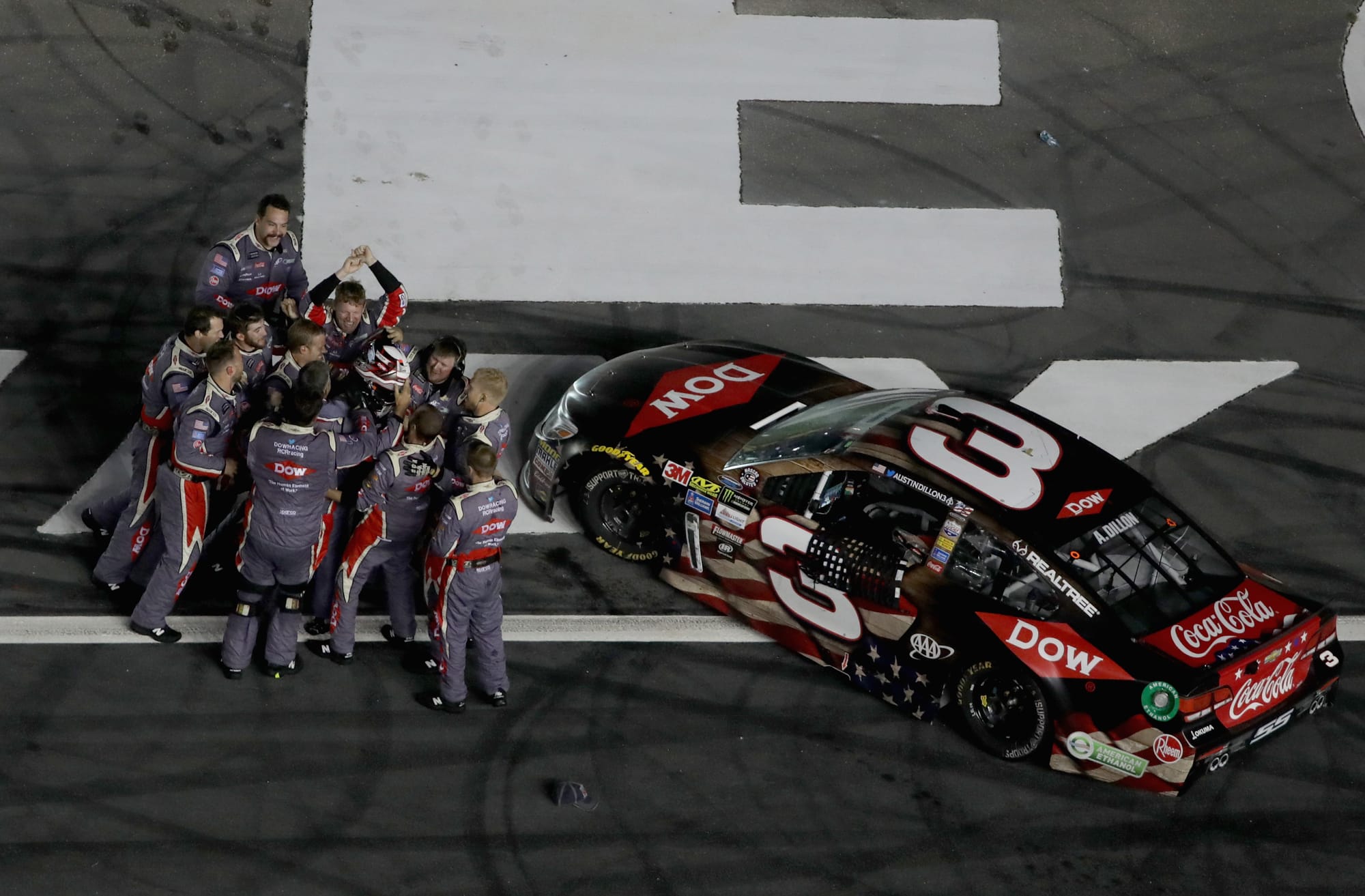
He’s part of a significant restructuring at the team as ex-US Navy SEAL and long-time GM employee Keely Bosn joined as programme manager, Marcos as technical director overseeing engineering, and Sean O’Shea as the new propulsion manager (great title!) looking after engine development.
Going from a race engineer to technical director is obviously a massive change. Marcos is not responsible for the race engineering of one car anymore, he’s responsible for as many as four sometimes competing on the same weekend, the development of those cars but also the processes that govern how the programme is managed.
A lot of the culture of Cadillac’s sportscar programme is now down to him, at least on the engineering side.
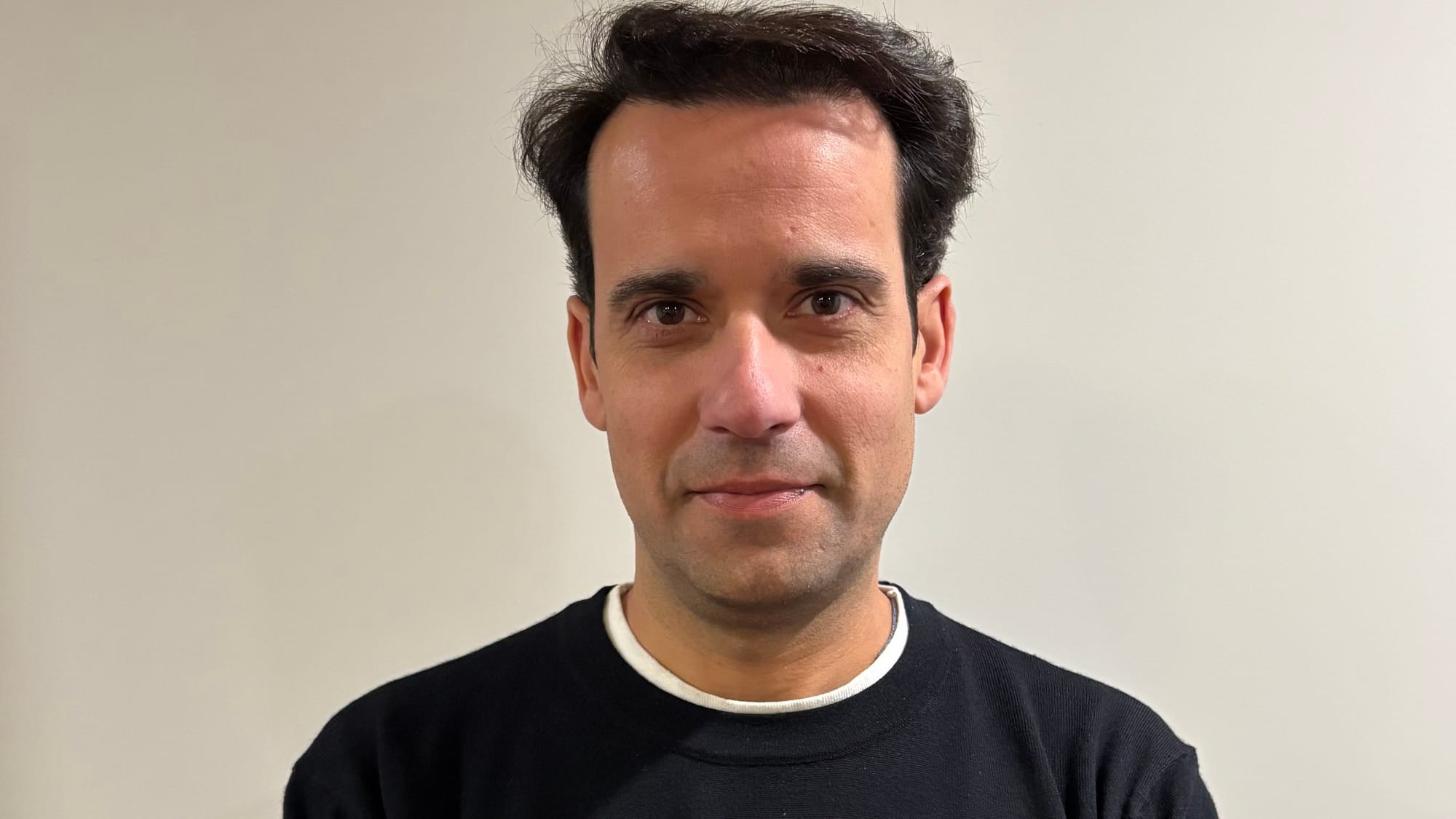
“The programme is really challenging, competing with other manufacturers, quite a lot of them, more than in F1 probably at the moment,” he adds, with IMSA boasting as many as seven manufacturers while the WEC will have eight at Le Mans.
“And running two different championships, three teams we have, so essentially trying to coordinate all of them and trying to develop the car at the same time. So, as you may understand, it's a big task.
“The project started, it's fairly new or fairly young [2023 was the first year of competition].
“So, essentially trying to put all the F1 processes in place in a programme like this, that's the main task. Procedures, organisation, which is really nice to do.”
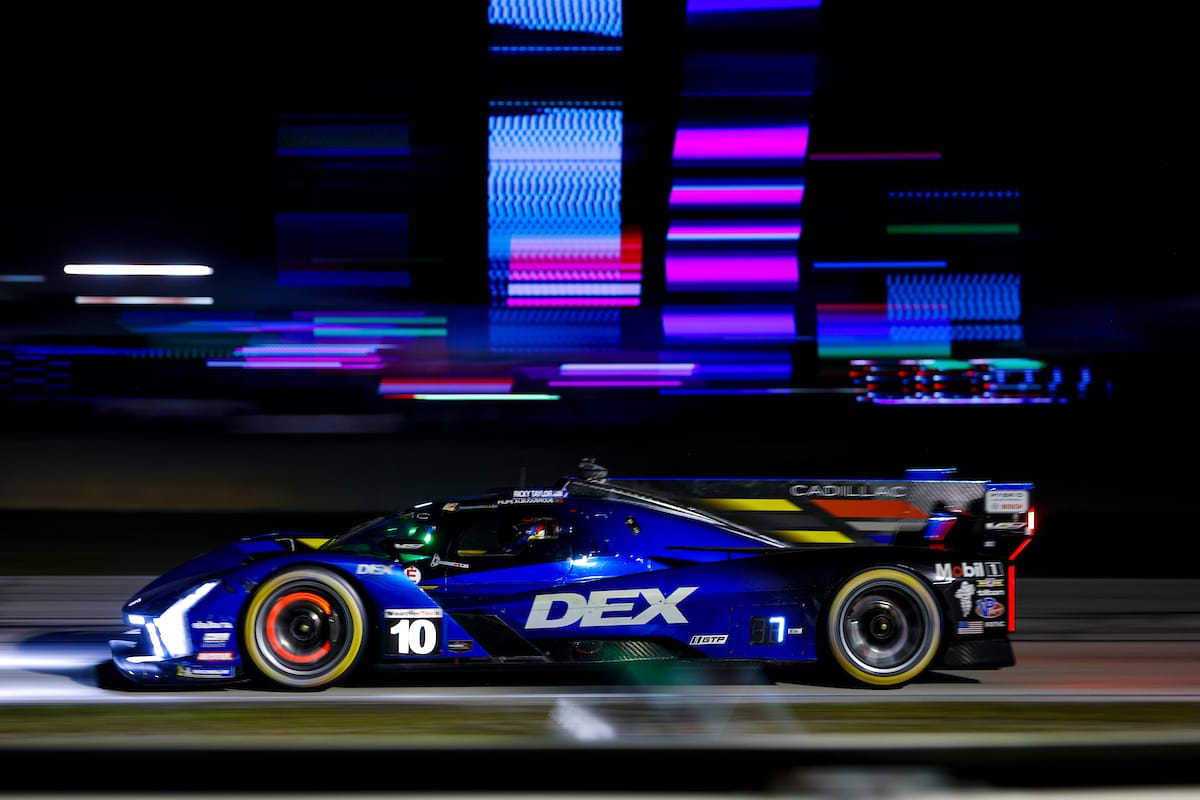
Marcos says he has been surprised by the level of detail involved in sportscars, which is more a complement to the level he’s found in endurance racing right now as opposed to any preexisting misconception endurance racing isn’t complicated or detail-oriented.
Used since 2023, Cadillac’s V-Series.R car is built to LMDh regulations used in IMSA. A lot of the parts used in an LMDh car are spec or not open for development, but one absolutely crucial area that is open for development in similar ways to F1 is the electronics on the car.
Unlike F1, the LMDh car is allowed traction control which isn’t controlled by the driver but governed by electronics.
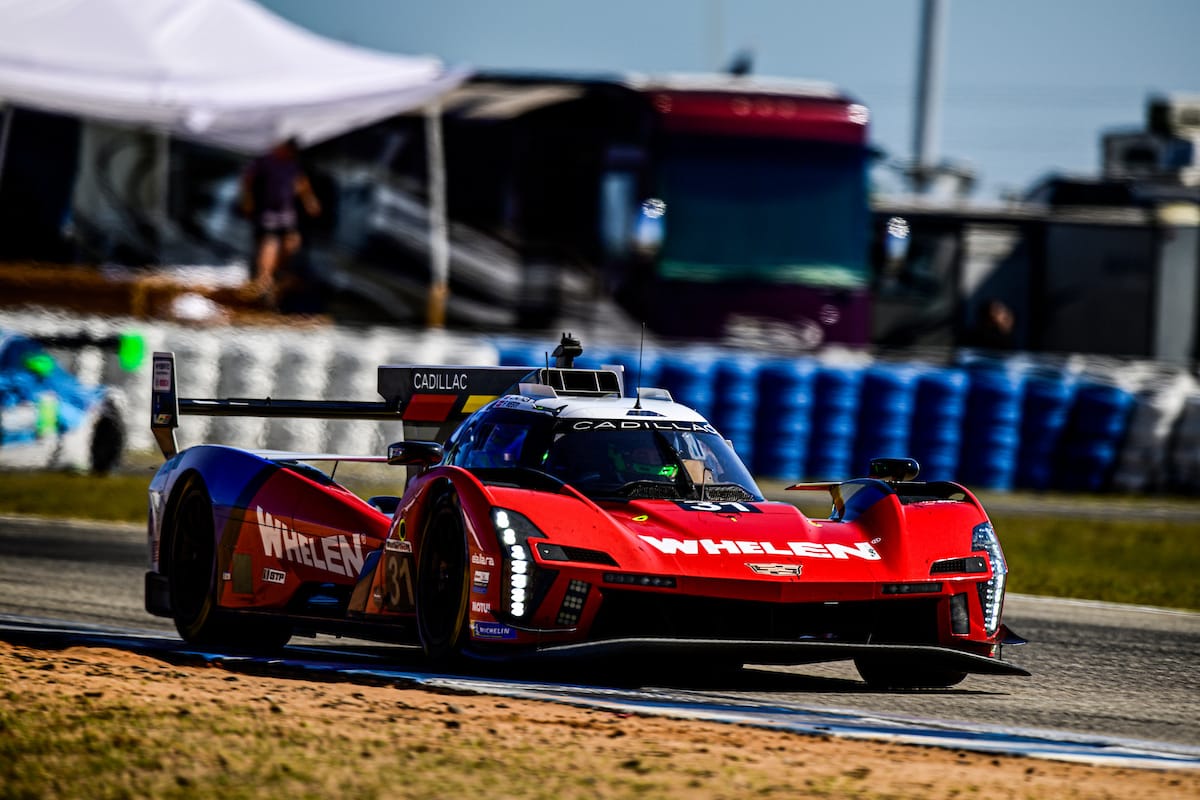
If you polled all of the key technical staff in current sportscar racing, I’m sure they would pick traction control and electronics as the biggest area of development in an LMDh car over a season. Most of the physical parts of the car are set and closed for development.
“All the systems, they are open here,” adds Marcos.
“So each one can do their own software management. This is really interesting, challenging. Why? Because it's like a blank sheet of paper, so you can do whatever you want.
“You need to be efficient, managing your money, timelines, and then how to develop it if you want. And also interesting is the traction control, which in other series you don't have.”
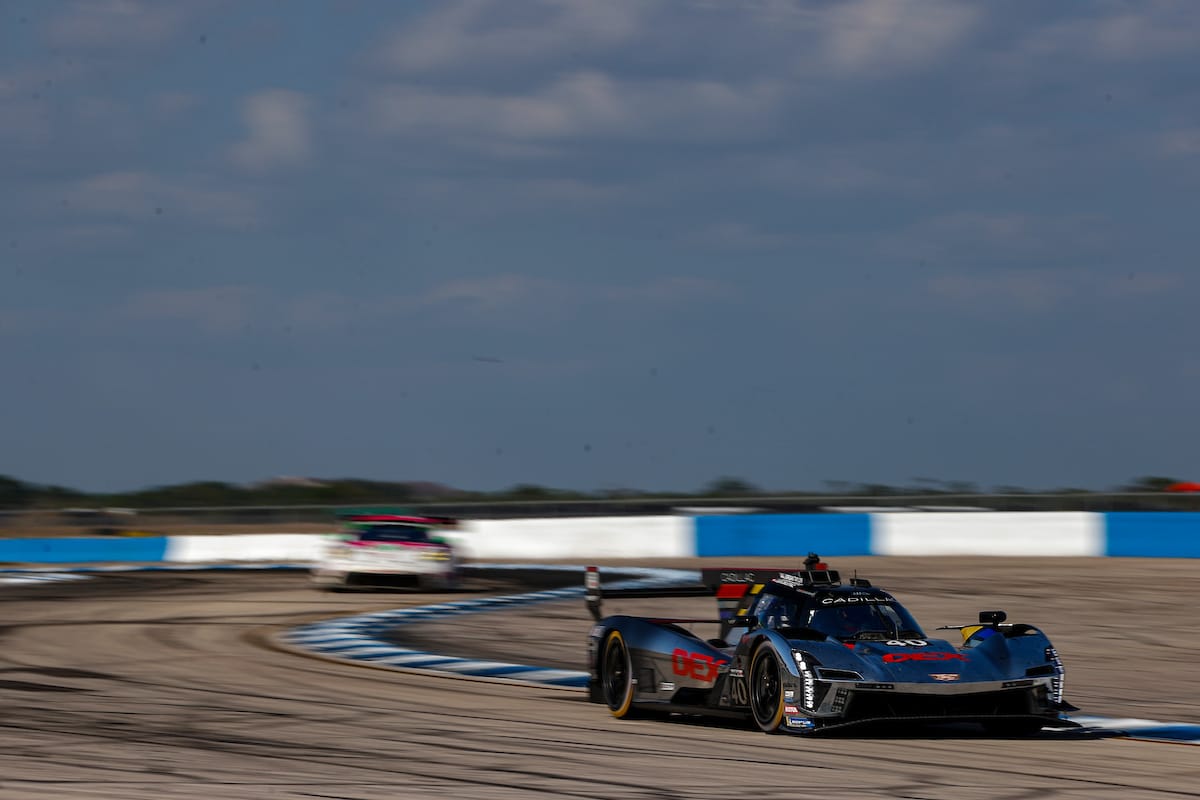
It’s clear Marcos is enjoying the new challenge, which is still really new as he only joined the team this year.
He didn’t get a full off-season - even if endurance racing doesn’t actually really have an off-season! - to make his mark on the car or the team.
When asked by The Race if, because of his late arrival, he believed he would have to wait until 2026 to have his biggest impact personally, he said: “No, I don't feel that's the case.
“Because organisation-wise and how we execute, between all of us and collaborate between the teams, we are having big changes and the impact we see it already.
Check out more from The Race's endurance racing coverage:
Everything we know about McLaren's 2027 WEC entry
The revolution behind Wickens' long-awaited top-level return
New car? New rules? Inside Peugeot's complex WEC situation
Winners and losers from the Sebring 12 Hours
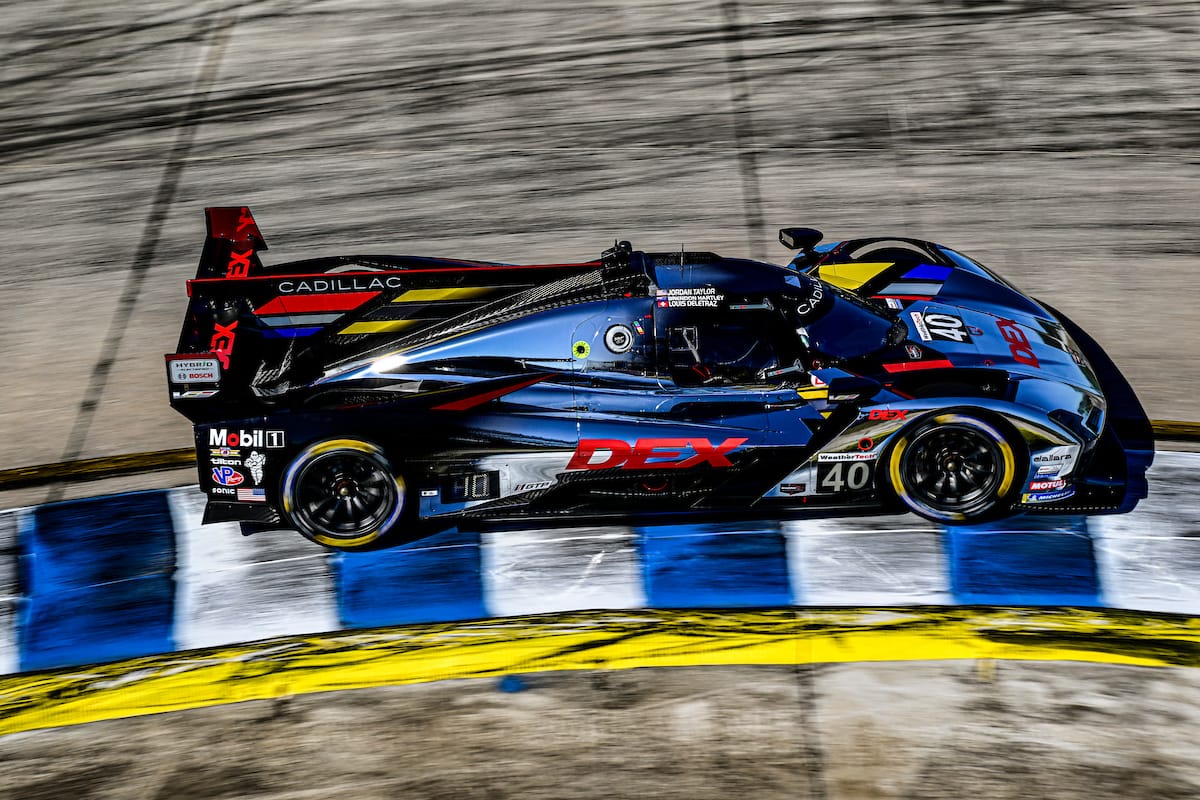
“In terms of car, yes, probably next year will be different and more on my guidance. But for all the rest, the background, it's already happening.”
The car has certainly been quick, but it does feel to early to judge Marcos’s impact.
The Team-Jota-run Cadillac cars finished eighth and 17th after crashing into each other in the WEC opener in Qatar.
In IMSA, its best finish is fourth across the first two races after a litany of on-track issues.
The car itself has set quick laptimes - and its 5.5-litre V8 is one of the best sounding in motorsport right now - but there’s a lot of work to do for the drivers to avoid on track errors and the teams to get the strategy in the races right.
Its race reliability has been strong and the pace has been good. The execution of the teams has been lacking so far.
“The car is there, performance is there,” adds Marcos.
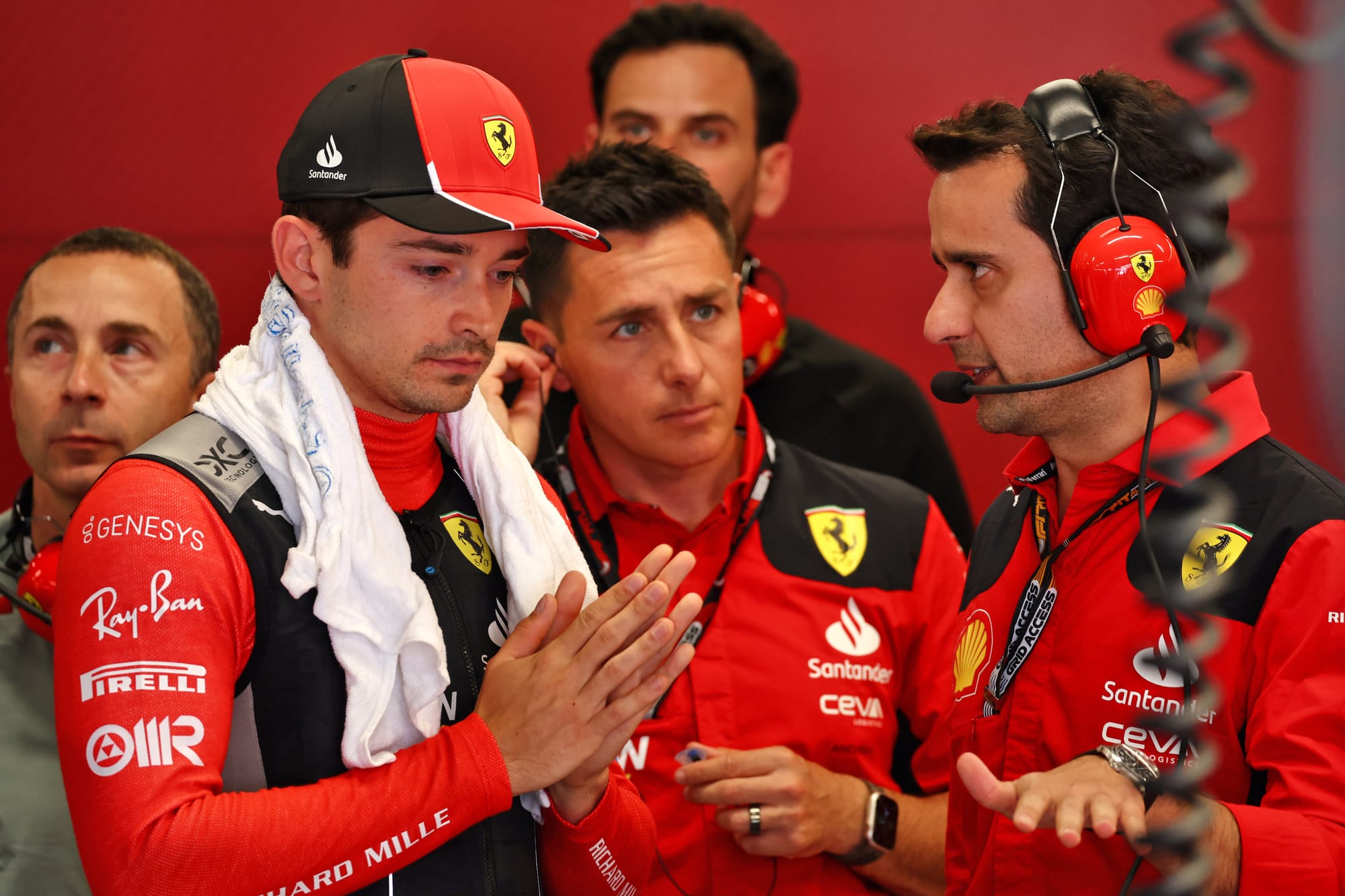
“The teams, we are working well all together, which is really nice to see. And then as a team, there's performance, execution and reliability and you need the three things to be able to win.
“And we didn't perform as expected on one of those or two of those, depending. In general, I believe it's been positive. And again, whenever everyone is working together, one direction as one team, the results will come.”
Thos results feel far away at the moment, in IMSA because of Porsche’s incredible race management resulting in winning the first two races and BMW’s outright pace which has given it two poles. There’s only been one race so far in the 2025 WEC but Ferrari, BMW and Toyota at least feel like they have a better all-round package.
But it’s early days in terms of Marcos’s impact, and the big goal is coming up in two months time at Le Mans where Cadillac will have four cars attempting to fight for the victory and boasts star names including Jenson Button and a trio of drivers who have been in F1 cars in the last three years in Jack Aitken, and current reserves Felipe Drugovic (Aston Martin) and Frederik Vesti (Mercedes).
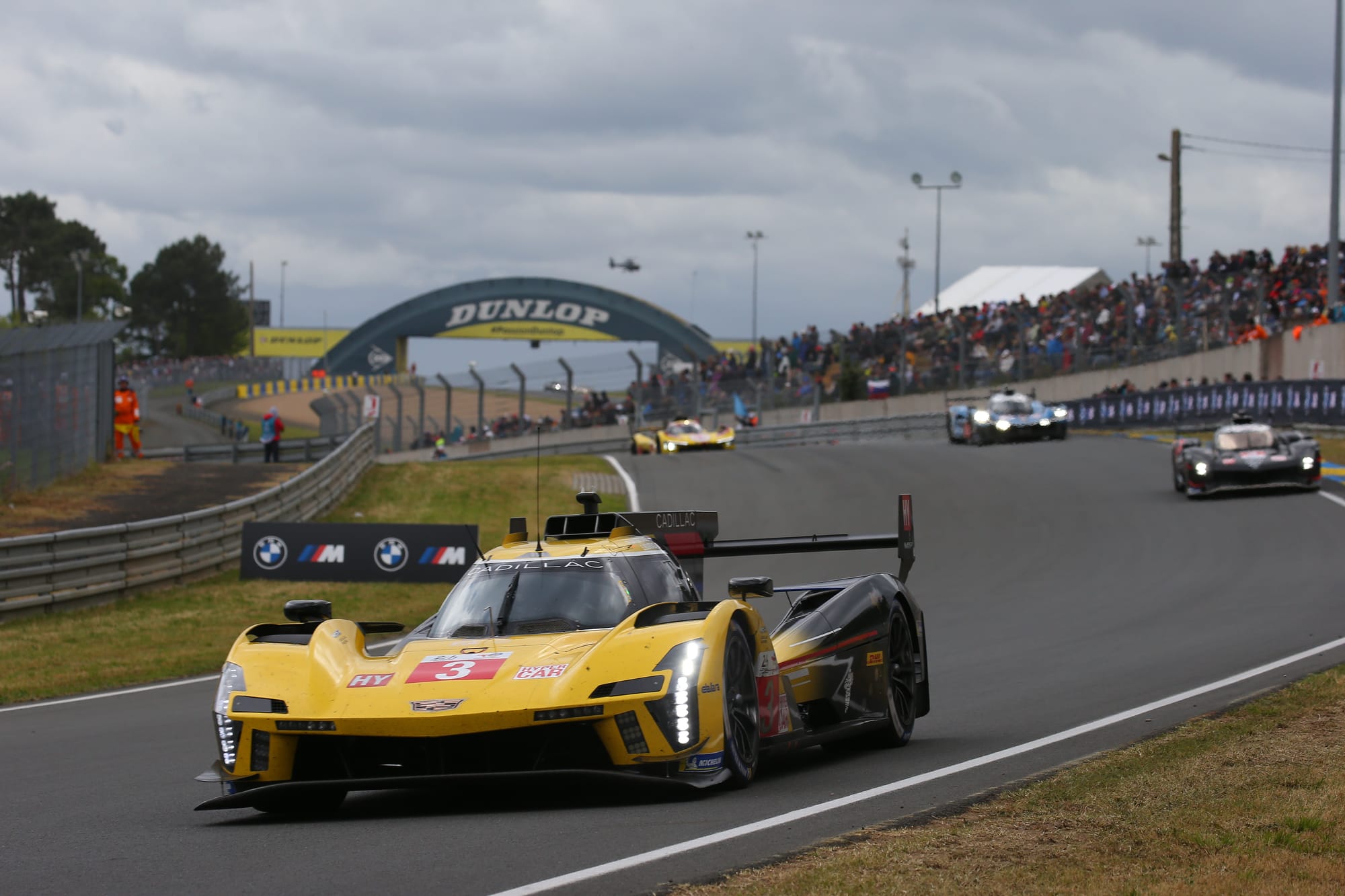
Despite his extensive resume, a Le Mans victory would be massive on Marcos’s list of accomplishments.
“It would be unbelievable to say the least,” he says.
“I've always seen it. I've never been there. But just the amount of preparation that it takes to arrive there and try to put all the things together, it's tough. It's really challenging.
“I hope we have a good race and I believe we can have a good race because the people are competent and the cars are there. So it's just up to us. But for sure, it will be really special.
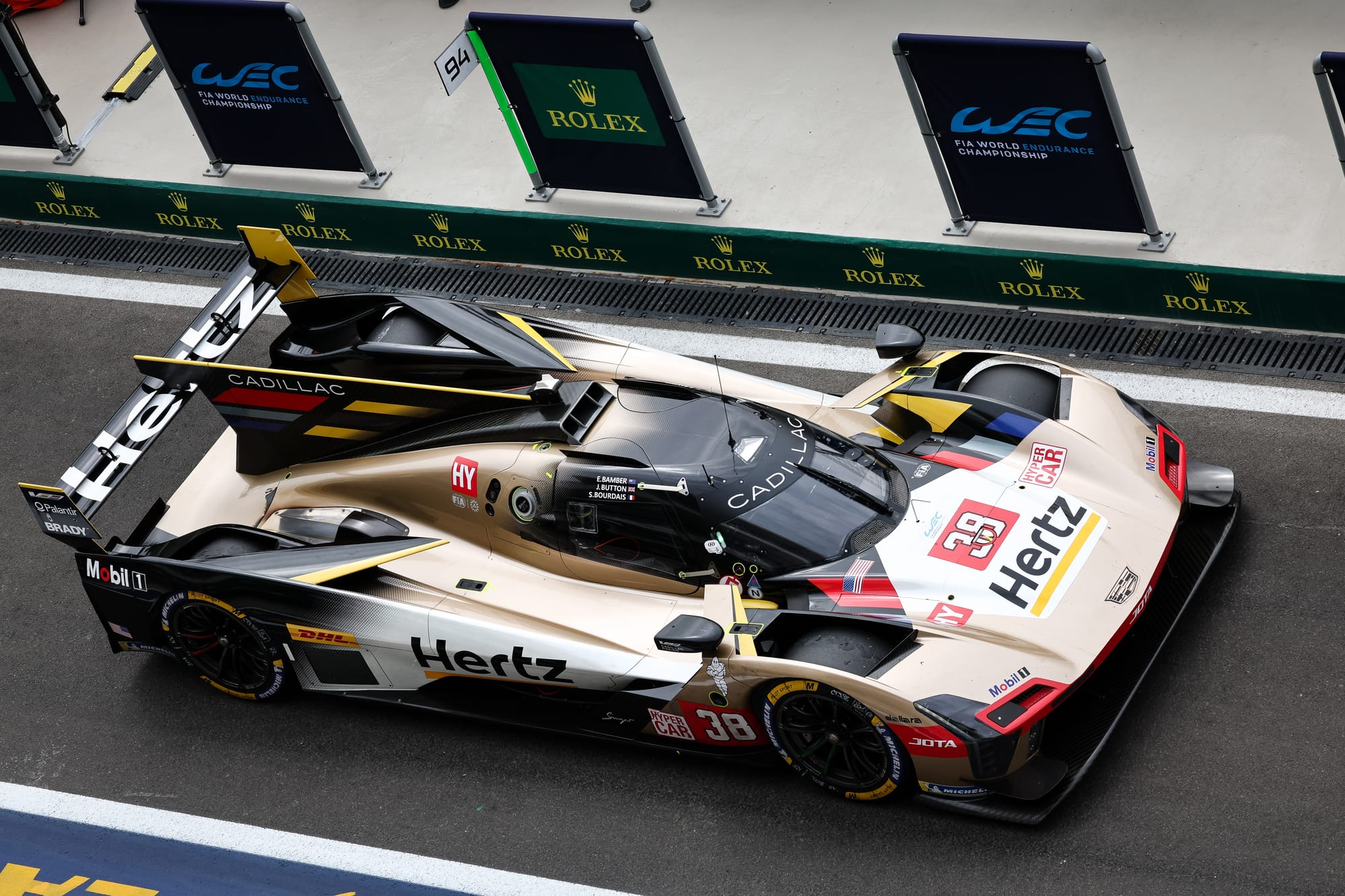
“I've been won races in F1 and NASCAR, and I am missing in LMDh now. So I hope it happens.”
Speaking of F1, you all must be wondering what Marcos's level of interest is in returning to F1, especially as his new employer is building an F1 team to enter in 2027.
Of course, Marcos is not going to say he wants to return right now after just taking this new role. But he’s clearly keeping an eye on it, even from a fan perspective, right now.
“I am fully focused on what I am doing now,” Marcos says.
“For sure, Formula 1 is part of my life. I’m looking forward to seeing Cadillac F1.
“I don't think people realise the challenge that a new team have to enter in a competitive world like this. Starting from zero, nothing. So it will be tough for them, for sure. But I believe they will be good. They will be competitive because Cadillac needs to be competitive. And we are fighting for this.
“As a fan, having an 11th team and that team being Cadillac is special.”
At least for now, there’s the small matter of his current day job to focus on.
This weekend’s short Long Beach race - just 1h30m in length - was one of two Cadillac race wins last year in IMSA, but after a significant team and driver shake-up this year with Ganassi out and Wayne Taylor in and running two cars to make a total of three, up one from last year, it’s probably the best test yet of where the programme stands year on year.

At least it knows, the absolute non-negotiable in terms of improving is in race execution.
As for Marcos, he’s highly rated, dedicated and clearly has big ideas on how to improve this programme.

